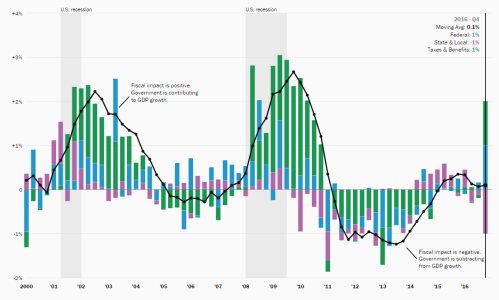Chairman McDermott and members of this subcommittee, we thank you for the opportunity to testify before you. We sincerely applaud your willingness to examine the issue of poverty in the United States in comparative perspective. We hope our testimony is of great use to those on this panel and others who care about our most economically vulnerable families and disadvantaged children, especially.
The United States has a long tradition of measuring income poverty and weighing the effectiveness, successes, and failures of government policies aimed at poverty reduction. But for the most part, examinations of United States domestic antipoverty policy are inherently parochial, for they are based on the experiences of only our nation in isolation from the others. The estimation of cross-nationally equivalent measures of poverty and the comparison of programs that help reduce poverty, provide a unique opportunity to compare poverty rates and the design and effectiveness of American social policy and antipoverty policy with the experiences of other nations. The Luxembourg Income Study (LIS) database, which under girds this paper, contains the information needed to construct comparable poverty measures for more than 30 nations. It allows comparisons of the level and trend of poverty and inequality across several nations, along with considerable detail on the sources of market incomes and public polices that in large part shape these outcomes.
In this paper we use cross-national comparisons made possible by the LIS to briefly examine America’s experiences in fighting poverty in the face of substantial and rising economic inequality, in a cross-national context. In so doing, we compare the effectiveness of United States antipoverty policies to those of similar nations elsewhere in the industrialized world. We attempt to answer the following questions:
- Do other countries have an “official” poverty line in the sense that the United States does, or do they define poverty in a sort of de facto sense based on eligibility for various government programs?
- How do poverty rates in other countries compare with the United States poverty rates?
- What are the big drivers of poverty in the United States compared to other countries, with low wages, low-skill immigrants, and large numbers of single-parent families being the most prominent candidates?



Commentary
TestimonyPoverty, Work, and Policy: The United States in Comparative Perspective
February 13, 2007